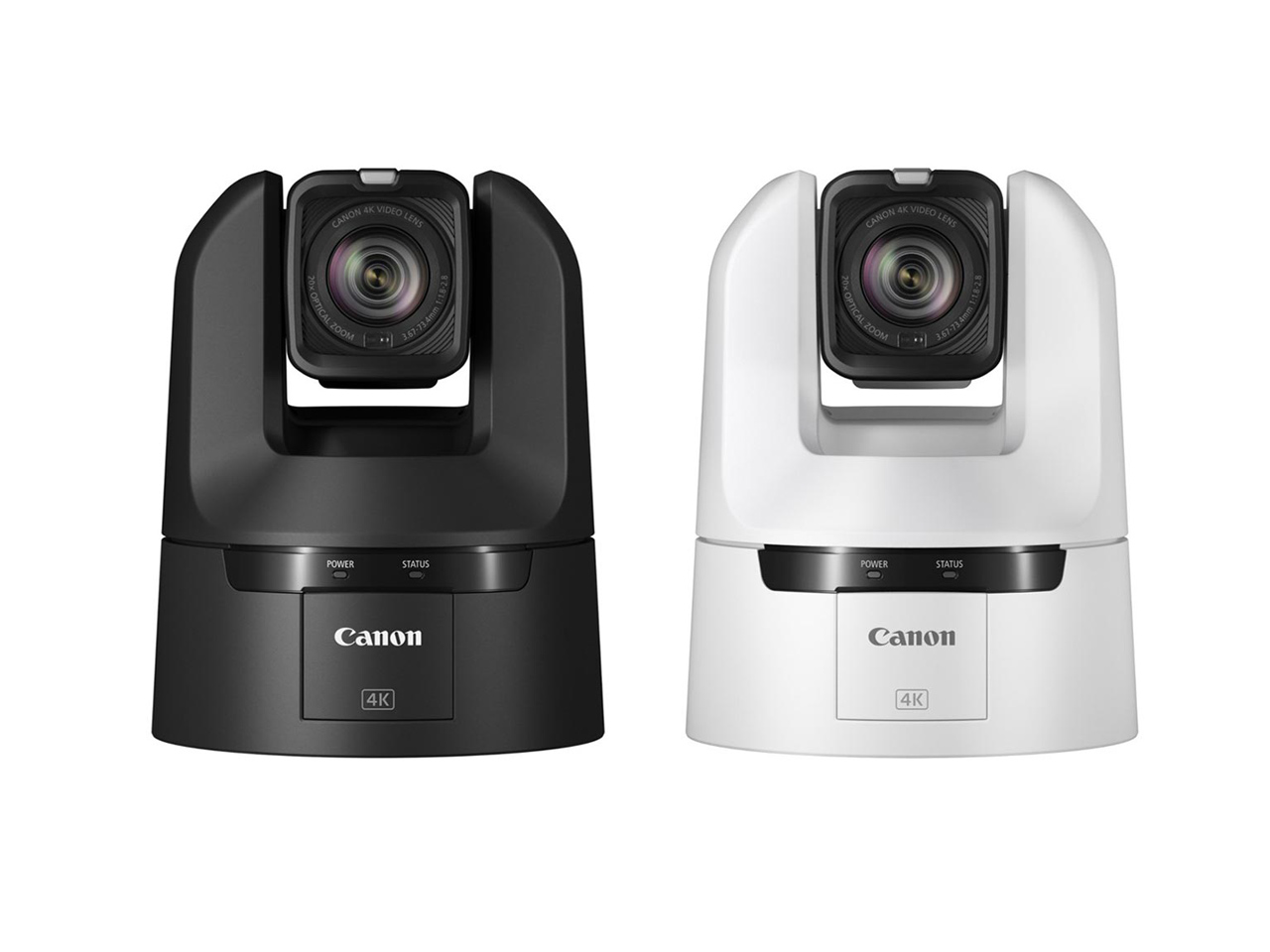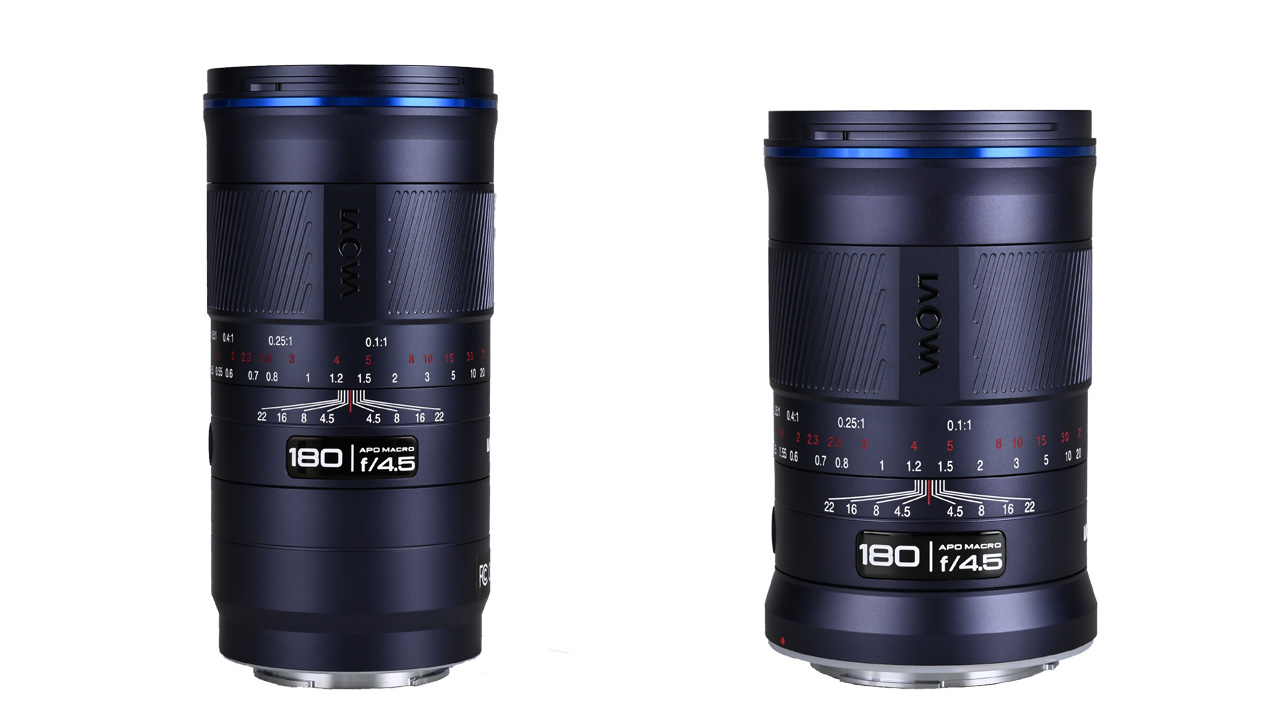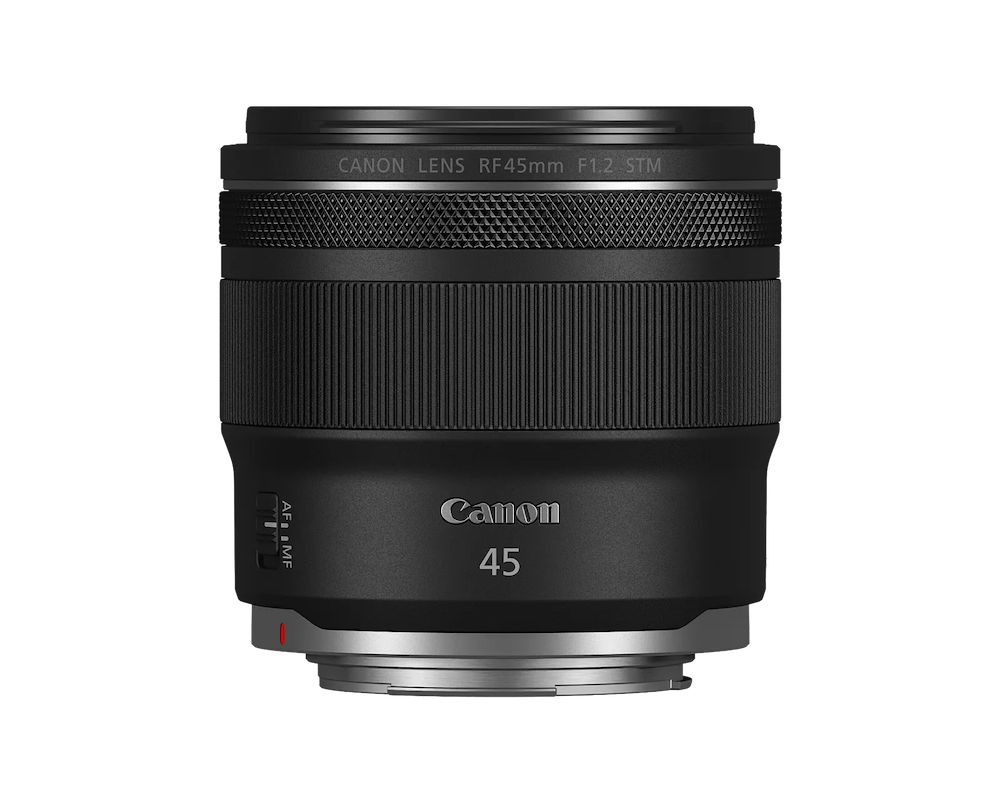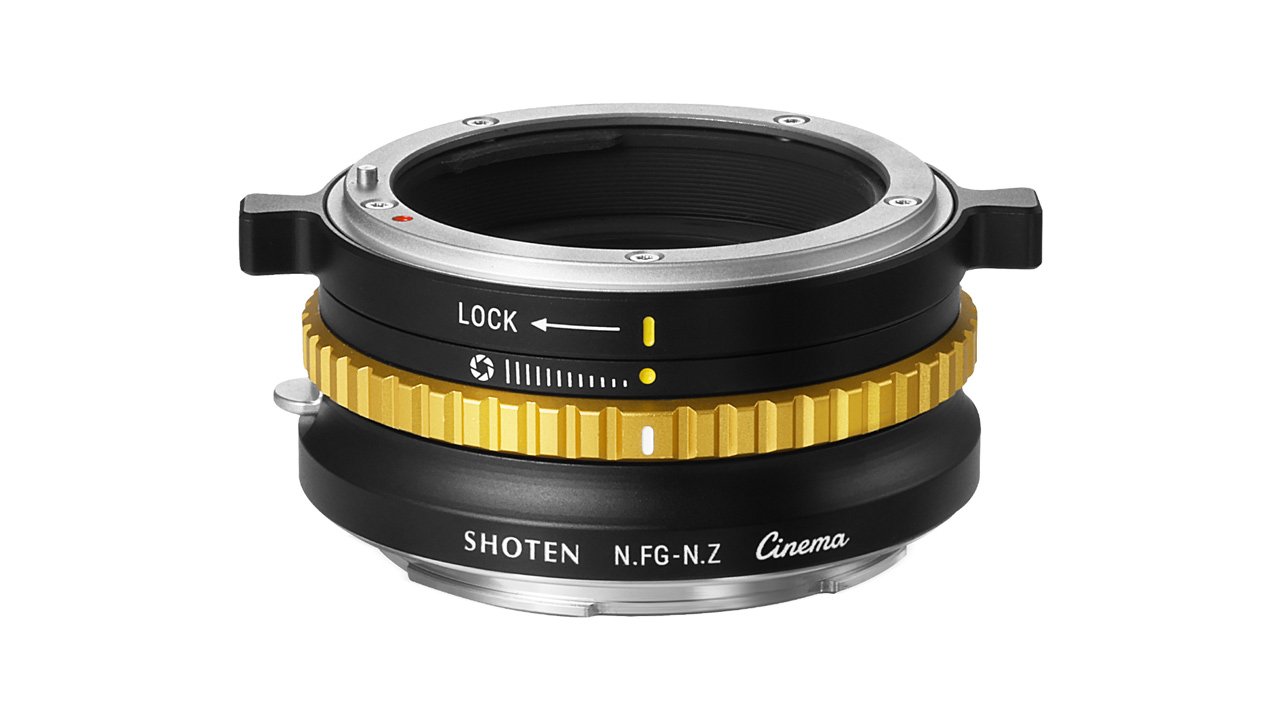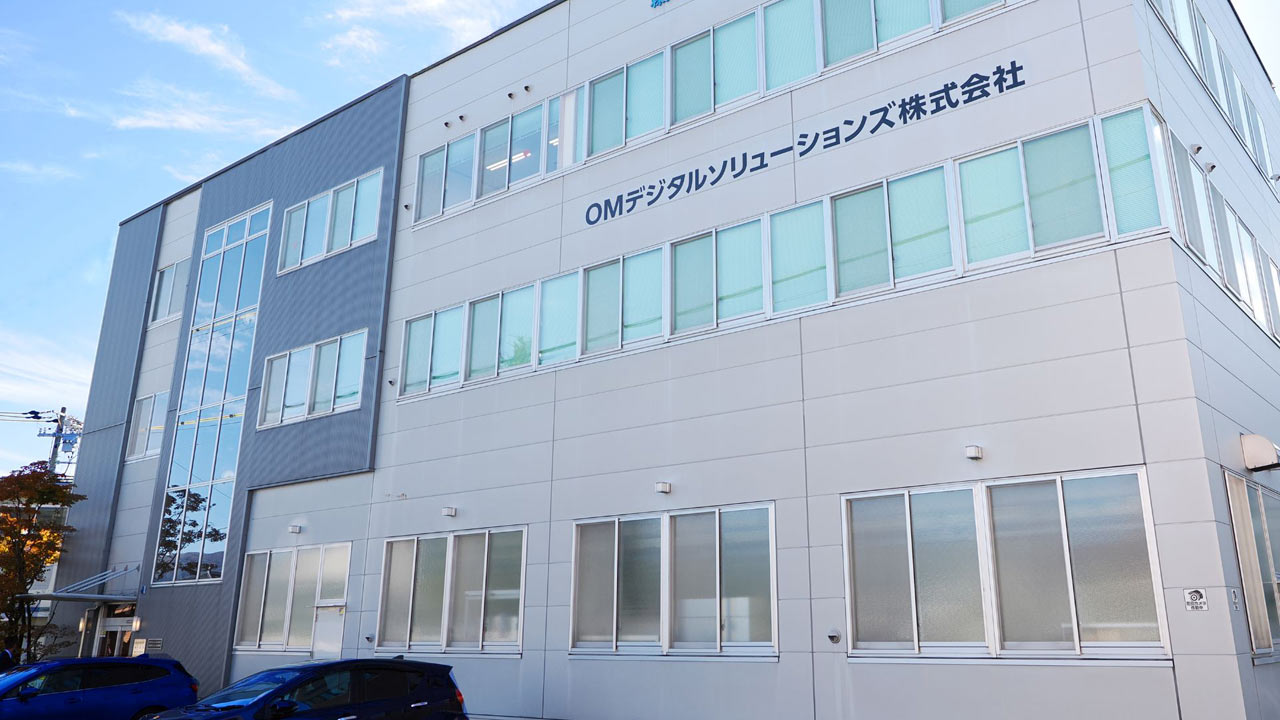Canon announced the brand new “EOS R8” and the “EOS R8 RF24-50 IS STM lens kit” as well as the “RF24-50mm F4.5-6.3 IS STM” standalone lens on February 8, 2023. It was subsequently announced that all will be released on April 14, 2023. Canon official store prices are as follows:
- EOS R8 body : $1499
- EOS R8RF24-50 IS STM lens kit : $1699
- RF24-50mm F4.5-6.3 IS STM : $375
Main Features of EOS R8
Rich expressive power and a compact, lightweight body
A full-size CMOS sensor with a maximum effective pixel count of approximately 24.2 million pixels and the image engine “DIGIC X” achieve high image quality, and rich expressions unique to full size, such as large bokeh and a wide dynamic range, can be achieved. In addition, high-sensitivity shooting with a maximum ISO of 102,400 (when shooting still images) enables a high degree of freedom in shooting expressions even in dark scenes at night or indoors. It also supports still image/movie recording in the “HDR PQ” method, and “HDR mode (D range priority)” performs high-speed bracket shooting and combines three photos into one in the camera.

In spite of its rich expressive power, the camera measures approximately 132.5mm (width) x 86.1mm (height) x 70.0mm (depth), and weighs approximately 461g, the lightest among EOS R series full-frame mirrorless cameras. and provide excellent mobility.
It also supports the new ” Neural network Image Processing Tool” paid service that can be used with the Windows version of “Digital Photo Professional” and the “Neural network Upscaling Tool” which is scheduled to be released in mid-April 2023. Also, image processing technology is used, and this technology doubles the number of vertical and horizontal pixels and quadruples the area of JPEG and TIFF images (96 million pixels in the case of 6000 x 4000 pixels), making it possible to generate images with a sense of detail.
High-speed AF/high-speed continuous shooting
The EOS R8 inherits the high basic performance of the “EOS R6 Mark ll” high-end model, such as high-speed, high-precision AF that covers a wide range of shooting areas with “Dual Pixel CMOS AF II,” and excellent subject detection. When shooting with the electronic shutter, high-speed continuous shooting at a maximum of approximately 40 fps with AF/AE tracking is possible, and when shooting with the electronic front curtain, continuous shooting at a maximum of approximately 6 fps with AF/AE tracking is possible.

In addition, the camera utilizes deep learning technology known as “EOS iTR AF X” achieves excellent subject detection performance and tracking performance. “People” setting can detect human eyes, faces, heads, and torsos, and “animal priority” setting can detect eyes and faces of dogs, cats, birds, and horses.
Video performance that meets various shooting needs
With 4K / 60P video recording with 6K oversampling without cropping, full HD / 180P high frame rate video recording, and “pre-recording” function that allows you to record video from 5 seconds or 3 seconds before pressing the video recording button. This camera responds to the growing demand for video shooting on SNS and SNS.
“Dual Pixel CMOS AF II” realizes AF area setting, subject detection performance, and tracking performance, similar to still images. In addition, when shooting movies, the standard ISO25600 enables high-quality images with reduced noise even in dark scenes. In addition, it is possible to record continuously for more than 30 minutes and record up to 2 hours.
Main features of the RF24-50mm F4.5-6.3 IS STM lens
With a total length of about 58 mm and a weight of about 210 g, it is compact, lightweight, and comfortable lens to operate. The optical design of 8 elements in 8 groups, including 2 aspherical lenses, reduces various aberrations that cause image quality deterioration. In addition, it covers a wide-angle focal length of 24mm, which is effective for shooting vast landscapes, large buildings, and narrow rooms, and a zoom range of 50mm, which is suitable for everyday snapshots. It is also suitable for video recording setups.

The in-lens optical image stabilization mechanism provides 4.5 steps of image stabilization, and cooperative control with a camera equipped with an in-body image stabilization mechanism provides 7.0 steps of image stabilization. Furthermore, by installing a lead screw type stepping motor (STM), natural and smooth video AF is possible.





